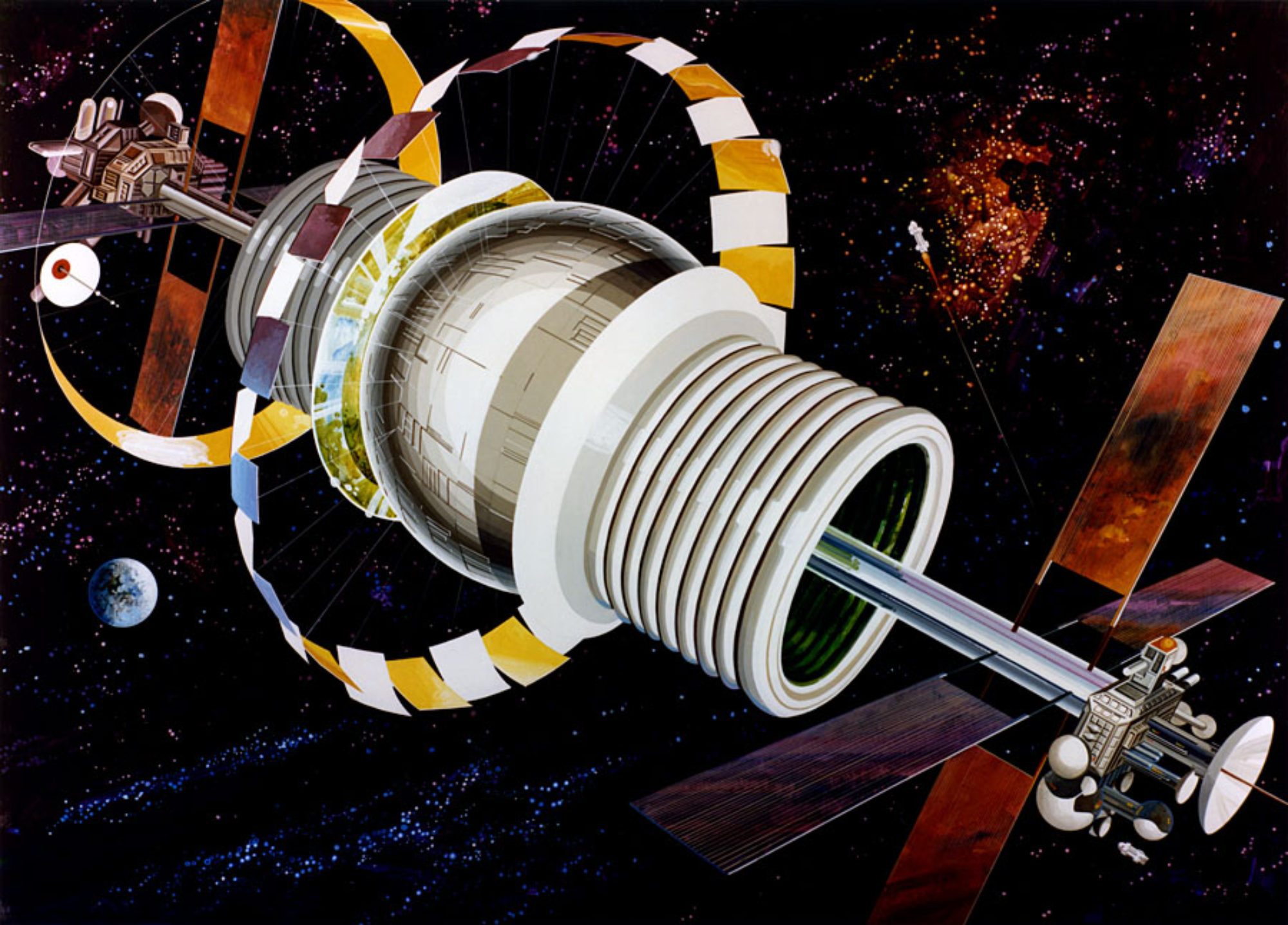
The 2020 NASA Innovative Advanced Concepts (NIAC) Symposium just rapped up it’s virtual event. The NAIC Program supports early studies of visionary concepts in space and aeronautics that develop and assess revolutionary, yet credible, aerospace architecture, mission, and system concepts. These studies showcase ideas that will enable far-term capabilities, and spawn exciting innovations to radically improve aerospace exploration, science, and operations.
There were a wealth of new ideas presented at this year’s meeting with Phase I, II, and III posters and presentations available as PDFs on the NAIC Symposium website. To give you a taste, above is an illustration of Howe Industries’ Phase II concept for a small, affordable nuclear electric propulsion spacecraft using a custom designed fission reactor with advanced thermoelectric generators (ATEGs). The innovative design would allow private entities, universities, or other interested parties to carry out missions across the solar system at relatively low cost.
Another favorite of ours was Trans Astronautica’s Mini Bee asteroid capture concept in which they will deploy, then chase down and “swallow” a test object in LEO as a precursor to an asteroid mining mission.

Some of these NIAC grants have already been covered by SSP such as Phil Metzger’s Aqua Factorem lunar water harvesting process, Masten’s instant lunar landing pad and Trans Astronautica Corporation’s Lunar Polar Propellant Mining Outpost.
We leave you with JPL’s Enceladus Vent Explorer

